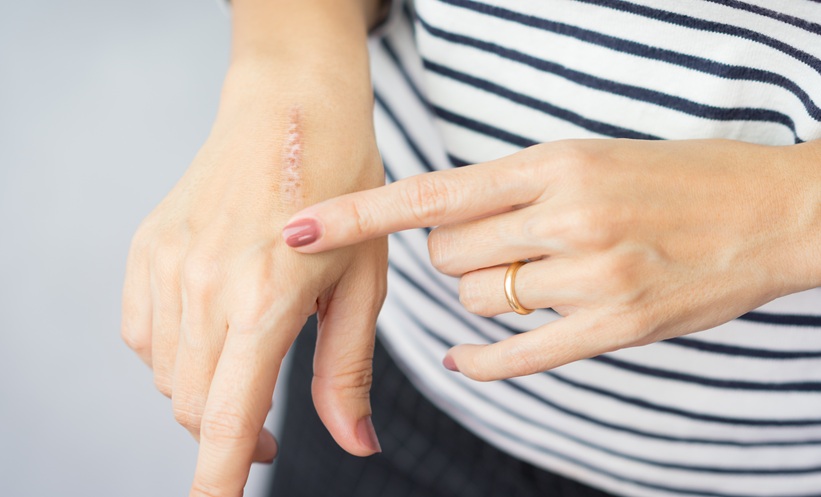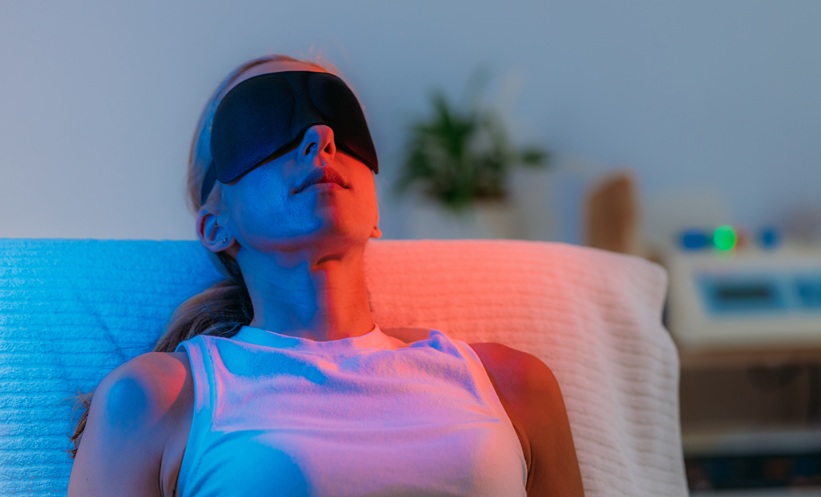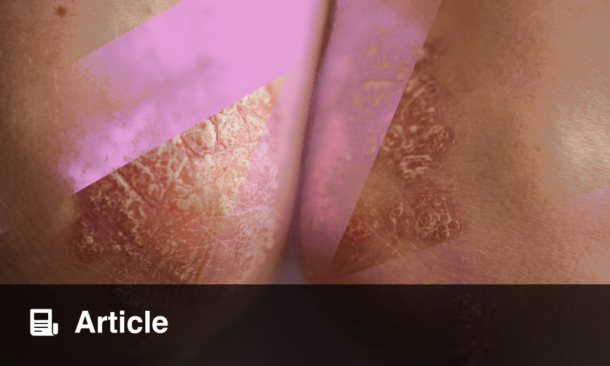A NOVEL combination of rhinoshave and fractional ablative CO2 laser therapy is proving to be a safe and effective approach for treating pronounced rhinophyma, offering precise contouring with minimal complications and high patient satisfaction, according to a new study.
Rhinophyma, a severe form of rosacea affecting the nose, lacks effective drug therapy options and is typically treated surgically. However, many existing procedures risk excessive scarring and lack long-term outcome data. In a monocentric retrospective study conducted at the Dermatology Clinic of Leipzig University, researchers analyzed the effectiveness of a dual approach, initial coarse ablation using rhinoshave followed by fine contouring with fractional CO2 laser therapy, to improve treatment outcomes.
The study included 45 patients treated between 2016 and 2024, with a median follow-up of 51 months. Results demonstrated that 92.3% of patients were either very satisfied or satisfied with their postoperative results. Importantly, the treatment was associated with a low recurrence rate of 17.9%, and no cases of wound infection were observed. Only one patient (2.2%) experienced postoperative hemorrhage, underscoring the procedure’s overall safety.
The integration of fractional laser therapy helped prevent excessive heat buildup, reducing the risk of hypopigmented scarring often seen with more aggressive techniques. The findings suggest that this combination approach not only enhances cosmetic outcomes but also provides long-term durability, making it a promising option for patients with severe rhinophyma.
With limited effective treatments currently available, this study highlights a significant advancement in dermatologic surgery. By offering precise nasal contouring while minimizing complications, the combination of rhinoshave and CO2 laser therapy could redefine best practices for managing rhinophyma.
Reference: Hempel C et al. Combination of rhinoshave and fractional ablative CO2 laser therapy for fine contouring of pronounced rhinophyma – A monocentric retrospective study with long-term follow-up. J Dtsch Dermatol Ges. 2025. doi: 10.1111/ddg.15692. [Online ahead of print].








